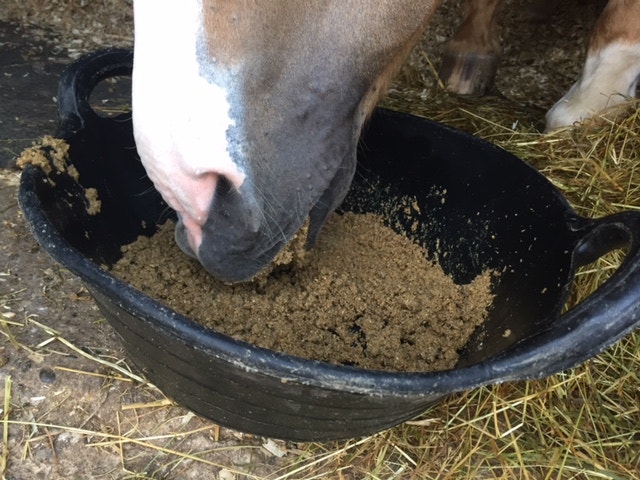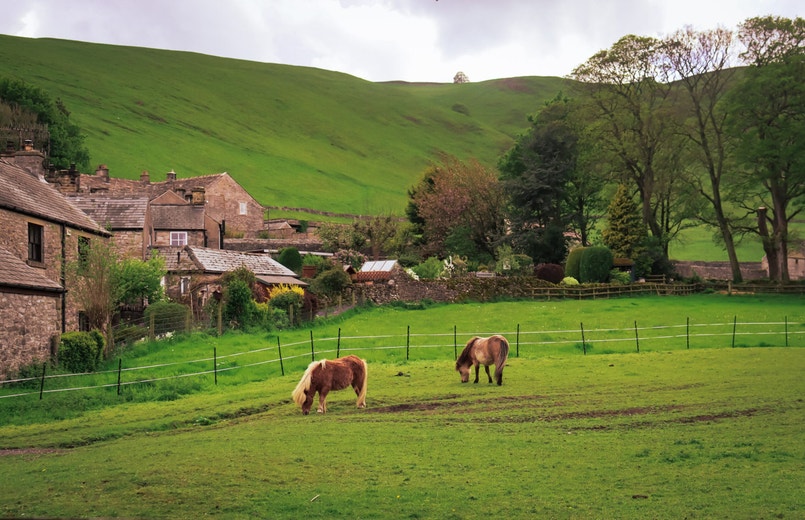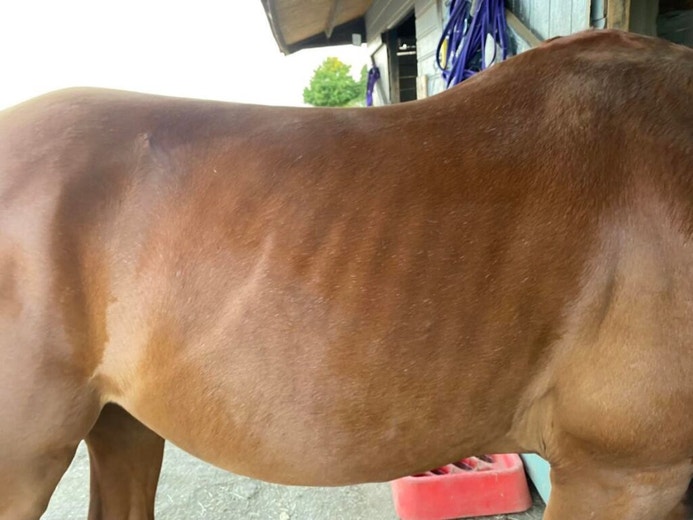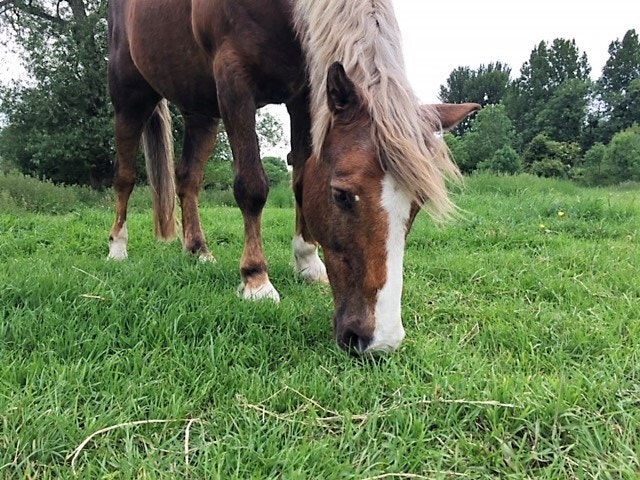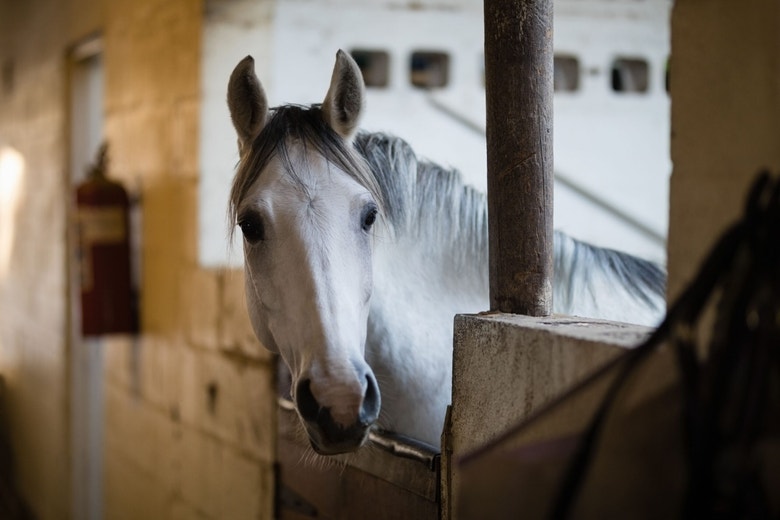Marvels & mysteries of the hindgut microbiome
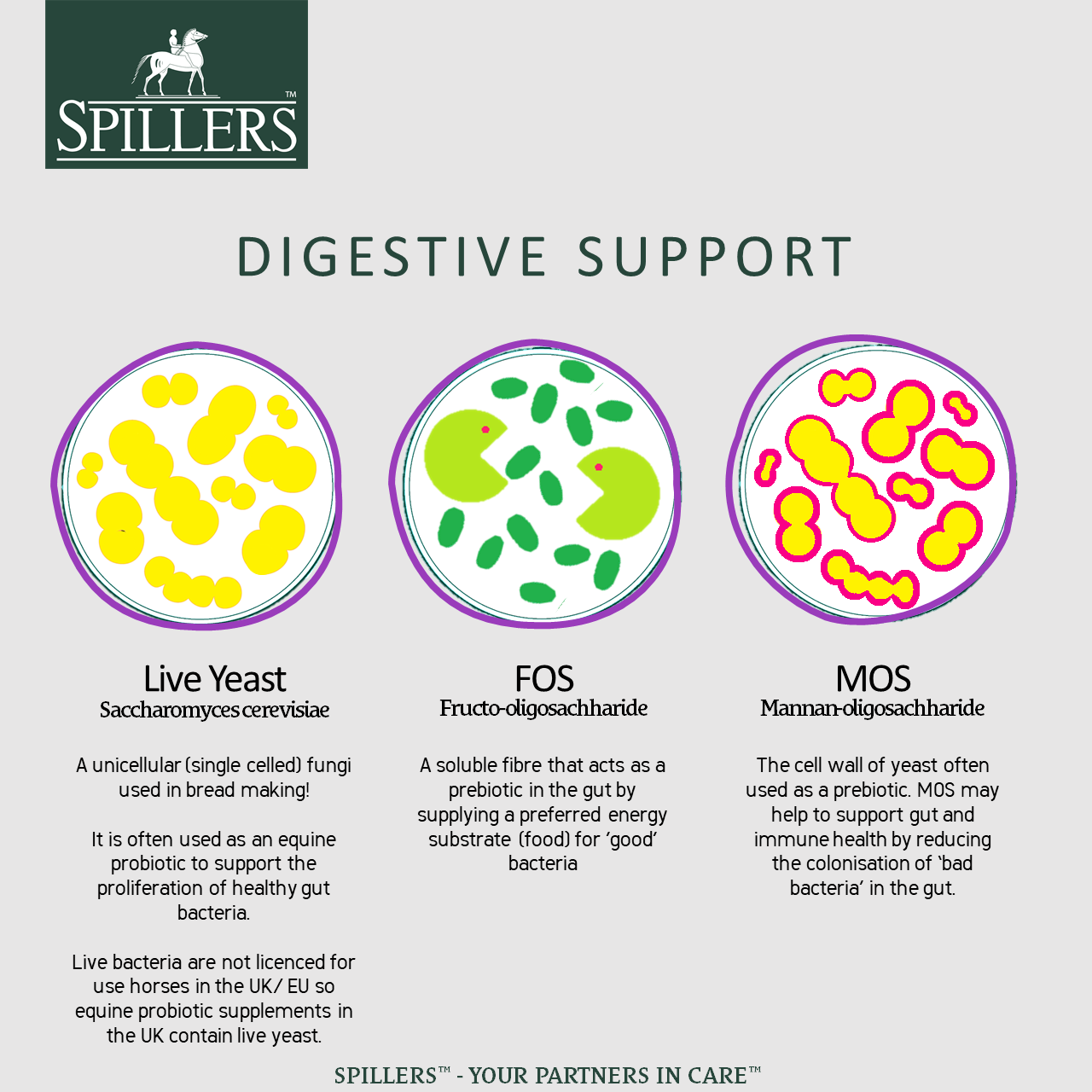
If you watch TV or browse the internet, you’re likely to have heard the word ‘microbiome’ – a subject that seems to be ‘in vogue’ for horses and humans alike. The horse’s large intestine or ‘hindgut’ is home to trillions of microbes including bacteria, fungi and viruses which are essential for fibre digestion and helping to regulate the immune system. In humans, the intestinal microbiome – a term which includes both the microbes present and their genetic information - has been linked to various aspects of health and disease so it’s probably no surprise that the equine microbiome is of increasing interest amongst scientists and horse owners.
How much do we know about the equine microbiome?
Despite gathering pace in recent years, research has only really scratched surface. Key findings from studies carried out in partnership with SPILLERS include:
Horses have a small bacterial ‘core’ (microbes that are present in most or all individuals in a group) which may explain why they are so sensitive to changes in diet.
Horses on hay plus a feed rich in starch and sugar were found to have a significantly smaller ‘core’ than horses on a hay only diet.
Increased age was associated with a less diverse population of microbes in the large intestine in horses but not in similarly aged ponies. A reduction in microbial diversity may mean senior horses are more sensitive to changes in diet – the fact the same reduction in diversity was not seen in ponies may be a sign that ponies ‘age later’ than horses.
In some weight loss resistant ponies, the microflora responsible for fibre digestion may adapt to become more prevalent and/ or efficient in response to dietary restriction.
Supporting a healthy microbiome
It is hoped that further research will leave us better placed to adapt the diet and management of individual horses and ponies. However, we’re still a long way off being able to ‘diagnose’ imbalances in the microbiome with a simple faecal test and even further from being able to manipulate the microbiome with specific feeds or supplements. In the meantime, you can help to support the health of your horse’s hindgut microbiome by:
Making changes in diet and management gradually wherever possible
Basing the diet on forage – ideally feed as much as your horse/ pony will eat while being mindful of excess waste
Choosing fibre-based feeds containing low or restricted amounts of starch and sugar
Pro and prebiotics may help to further support digestive health, but they should never be used a substitute for a high fibre diet or good management.
Probiotics
Probiotics are microscopic, living organisms – either bacteria or yeasts - thought to offer a health benefit to the person or animal that consumes them. Live bacteria such as those found in human products are not authorised for use in horses in the UK (or the EU) which is why equine feeds and supplements aimed at supporting digestive health often contain live yeast. Probiotic live yeast may help to maintain a more stable pH in the hindgut and improve fibre digestibility.
Prebiotics
Prebiotics are non-digestible ingredients (typically high in fibre) aimed at supporting the health and proliferation of ‘good bacteria’ in the hindgut. Common examples include fructo-oligosaccharides or ‘FOS’ and mannan-oligosaccharides or ‘MOS’:
FOS provide a provide a source of ‘food’ for ‘good bacteria’.
MOS may help to support gut health and immunity by helping to remove ‘bad bacteria’ from the gut.
What about postbiotics?
Postbiotics are the end products produced when probiotics ferment (digest) prebiotics and include short chain fatty acids, enzymes and vitamins to name just a few examples. Postbiotic supplements are the relative ‘new kids on the block’ and while there’s much left to learn, they may help to support to digestive and immune health.
For more advice on supporting your horse’s digestive health contact the SPILLERS Care-Line

